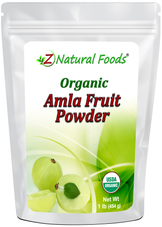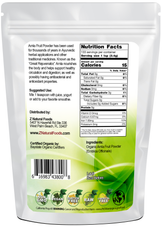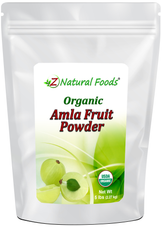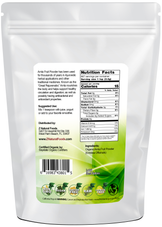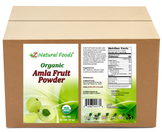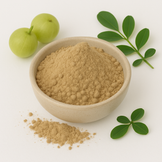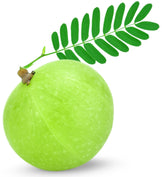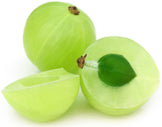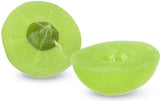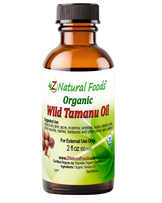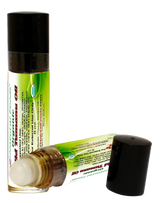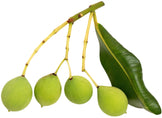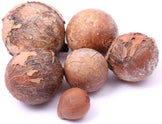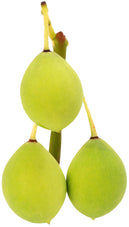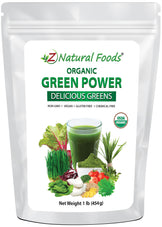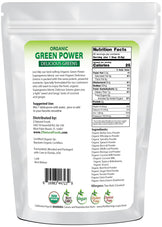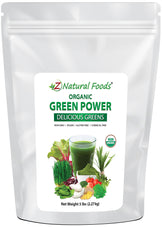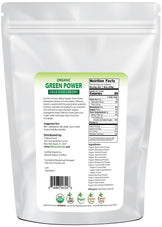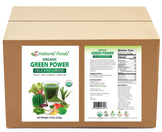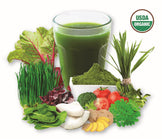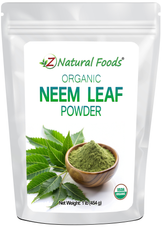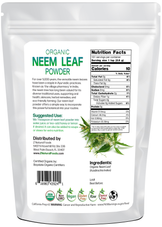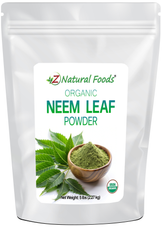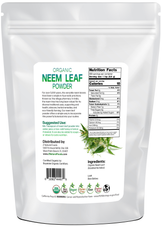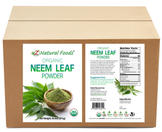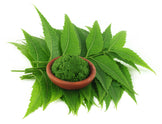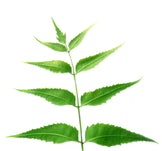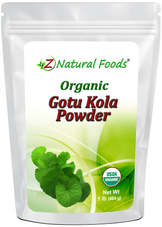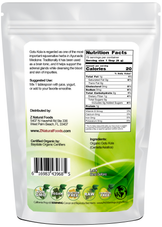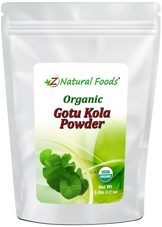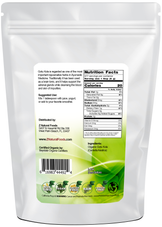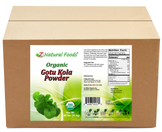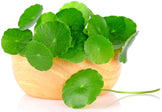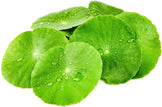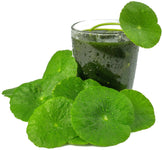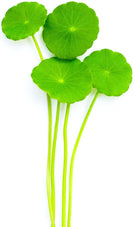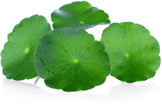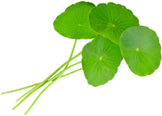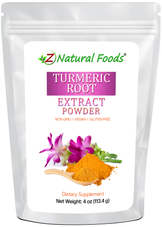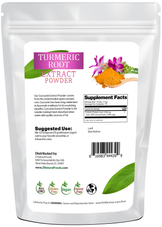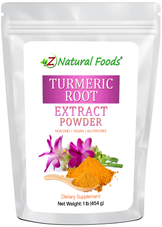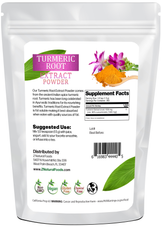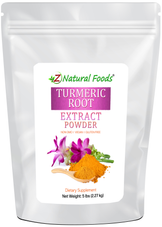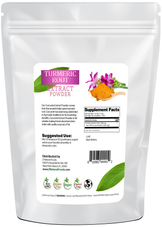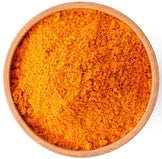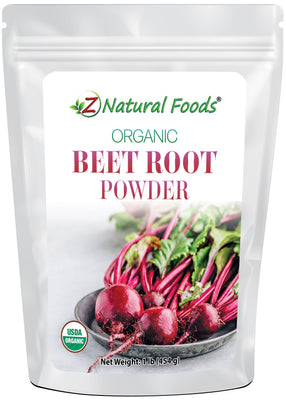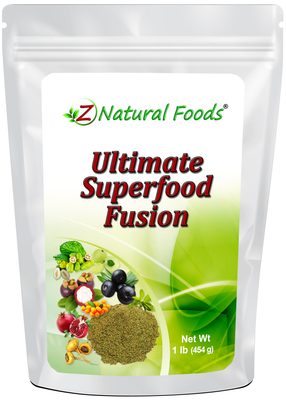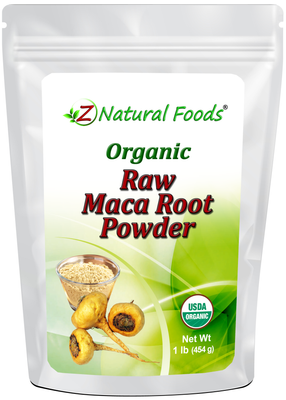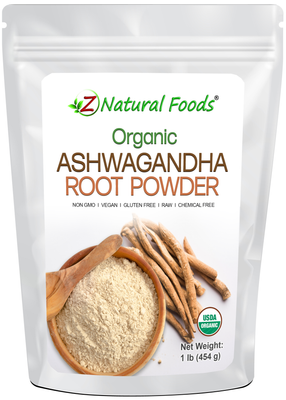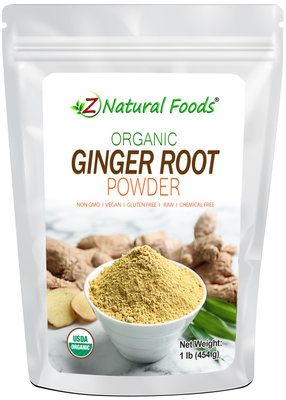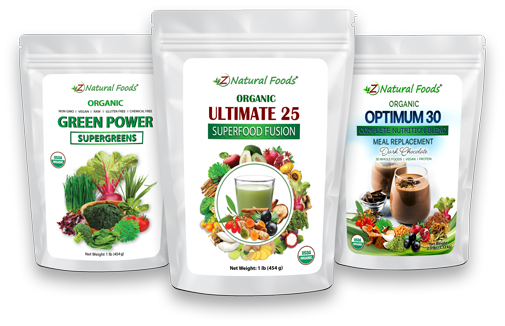Hi everyone, Mike Stuchiner, Master Herbalist here with Z Natural Foods, and today's video is going to be answering a question: "Turmeric or Cayenne, which is better for you?" But before we get started, two quick things. First, for more information about me, please feel free to go to my YouTube channel, which is "A Master Herbalist's Perspective" (herbalists is with an 's' at the end). Next is the health disclaimer: the information you're about to receive is for educational purposes only and is not intended to treat, prescribe, or diagnose any general or specific medical condition. It is not to be used as a substitute for your primary healthcare provider's diagnosis, treatment protocol, or medical information. With that said, let's get rolling.
So, Turmeric or Cayenne, which is better for your health? In order to answer this question correctly, it's first essential to define what the term "better" means and its relationship to specific foods that may affect your overall well-being. In this case, "better" is defined as something of higher versatility and nourishing qualities. So, we must look at these specific spices' nourishing and medicinal qualities and their specific effects when accurately defining the term "better" in this specific context.
Every culture defines how and why an individual food is considered healthy based on various factors. According to Western medicine, healthy food is a substance that provides the nourishment needed to sustain healthy well-being and retain energy. Traditional Chinese medicine (TCM), on the other hand, looks at food from a slightly different perspective. According to TCM, food is not defined as healthy or unhealthy, but instead, if it's the right food for an individual at a specific time. According to TCM, all foods have what are known as energies. TCM teaches us that foods have yin and yang energies, five temperatures, five flavors, and four directions. In these principles, yin and yang's actions are what is known as the general properties, and temperature is the extremeness of these properties. So, in simple terms, yin is cooling, builds blood, and has a downward moving energy, while yang is warming, energizing, and has an upward moving energy.
Next, in order to understand health in this specific context, it's vital to discuss how to evaluate the effects of a food or substance we are ingesting. We believe a healthy way to assess the effectiveness of natural substances like foods, herbs, spices, mushrooms, etc., on any individual is to look at how each one of us may respond in our own unique way. It's challenging to provide specific guidelines because we all have intrinsically unique differences in how we react physically and emotionally to what we consume. A great example is how traditional Chinese medicine evaluates an individual based on their current physical and mental well-being. According to TCM principles, many things may change significantly between an acupuncture treatment and herb consultation. Therefore, the practitioner will change the treatment protocol to balance any excesses or deficiencies based on the patient at that specific time, where they are at that time. TCM methods may actually provide a healthier, more accurate perspective.
Wholesome vs. partsome. As we search online or in the aisles of a health food store, you may notice a wide array of turmeric and cayenne-based products. If the herb is present in extract form, some of the facts you will want to very specifically take note of are whether or not the herb has been standardized and to which specific constituents or family of constituents. If it's a full-spectrum extract, take note of the concentration level. For example, turmeric may be standardized to a specific percentage of what are known as curcuminoids, which is one of the many families of compounds found in turmeric. Cayenne may be standardized to specific levels of capsaicin. In both instances, these are just one of the many active constituents found in each one of these spices. The umbrella term "extract" describes various highly concentrated variations that create unique variables for how these powerful spices are potentially used for their nourishing qualities. Some of the variables are defined in concentration levels, full spectrum extract concentrates of the food or herb as a whole. It could be one-to-one, four-to-one, ten-to-one, twenty-five-to-one, or a hundred-to-one, just to name a few variables. So, you're getting all the constituents found in that food in high concentration and a well-balanced manner. Ultimately, full-spectrum extracts present you with a well-balanced whole food complex.
Isolated standardized extracts often separate and focus on a particular family of compounds. It's essential to understand in this case that isolated standardization does not produce a well-balanced end product, but it may, in fact, provide a more targeted approach for a specific reason or purpose of using that food or herb. One of the main reasons people make standardized products is because the compounds considered in that herb, food, or spice are considered the powerhouse or the primary reason for the positive effects. But something else, another reason why, is because there's this falsified belief that the body may not be utilizing these specific compounds as efficiently when they are presented in whole food or full spectrum extract version. This information is entirely inaccurate. Many studies have actually proven that the overall effects are better and more balanced when all constituents are present.
A great example is curcumin, a compound found in the spice turmeric. It is touted as being one of the most remarkable compounds for supporting a healthy inflammation response due to its unique mechanism of action, which is modulating nuclear factor kappa B (NF-kB), which is at the top and the beginning of the inflammation cascade. Turmeric has been shown to support a more robust and broad spectrum of benefits potentially, and research has shown that curcumin-free turmeric extracts are as capable of supporting a healthy inflammation response.
Foreign of looking at things in their full spectrum. Even though we're going to take a slight turn with this, it is a study discussing the effects of turkey tail mushrooms when specific constituents are not present. While the study is again unrelated to turmeric, it's another excellent example of why all the components should be present to obtain optimal results. A study discussing the polysaccharide K from turkey tail mushrooms showed that when lipase was applied, it reduced the immunologic response of PSK by almost 80 percent. This shows the importance of associated lipids bound to the beta-glucans and that just their independent presence is not enough to obtain maximal results.
Turmeric: A Traditional Chinese Medicine perspective. Pungent and bitter in flavor, slightly cool in nature, turmeric acts upon the heart, liver, lungs, and gallbladder channels. TCM believes that turmeric can invigorate blood and support healthy circulation, preventing what TCM calls stagnation. Stagnation occurs when Qi and blood fail to move correctly and is one of the most common imbalances in the human body. It is crucial to understand that nothing in TCM is cut and dry. This imbalance is also known to cause a broad spectrum of potential symptoms because when stagnation occurs, it creates an environment to allow things to build up in that stagnated area. This phenomenon can also cause deficiencies due to the lack of Qi and blood flow in other areas. Because turmeric has a cooling and dispersing nature, it is considered an excellent tool for heat stagnation issues like fever, depression, and pain. One of the many reasons for heat stagnation is sympathetic overdrive, which often creates excess cortisol and adrenaline. While turmeric's cooling nature has shown powerful effects on inflammation cascades, it also seems to be helpful for issues caused by cooling-induced heat. Cooling-induced heat refers to inflammation symptoms that worsen in cold weather, like osteo and rheumatoid arthritis, versus those that worsen in warm weather.
This is why it's essential to distinguish between cooling-induced heat and heat-induced heat and to consider if the individual has a naturally more cold or warm constitution at that specific time. Because remember, as seasons change, your constitution can change as well. Because our blood is fluid, it flows following the same principles as the viscosity of water. At cooler temperatures, it flows slower and less freely, while in warmer temperatures, it flows faster and more freely. So, if your body fails to maintain a warm enough body temperature, TCM principles state that your blood begins to congeal and flows less smoothly. As stated earlier, I just want to repeat this one more time, TCM looks at the individual and their responses to main factors, so there is no one simple answer for the masses. Although TCM principles dictate that turmeric is by definition, a cooling herb, it is also considered warm and spicy, warming and invigorating blood. However, the bitterness of turmeric is believed to drive the effects deeper and has a dredging effect on the body. The Chinese Materia Medica states that turmeric can disperse what is known as clumping in circulation and powerfully restore flow, thereby reducing inflammation.
Cayenne: In Eastern and Western perspectives, the late great Master Herbalist and naturopathic doctor Dr. John R. Christopher believed that Cayenne was one of the most extraordinary medicines on Mother Earth. He believed the power of Cayenne was crucial for supporting one of the major underlying causes of all ailments: poor blood flow, circulation, and digestion. He also believed that working up to one tablespoon three times a day in a glass of water was one of the most beneficial things someone could do for their overall well-being. A lack of healthy blood flow and circulation often weakens arteries, veins, and blood vessels, which is the glue that holds organs and the systems that connect them together. The body cannot function optimally if blood flow and circulation are weak. The bottom line, according to Western herbal theory, this is where Cayenne takes the lead. Dr. Christopher also believed Cayenne is a perfect accentuator for all herbal formulas. In simple terms, adding Cayenne to an herbal formula will make that formula work better based on the fact that it helps to get those herbs where they need to go faster.
Hot in temperature, spicy, and pungent in flavor, Cayenne enters through the heart, spleen, and stomach meridians, promoting Yong Chi circulation of Qi and blood, dissipating cold stagnation, clearing obstructions, and tonifying the stomach and spleen. In simple terms, TCM believes Cayenne tonifies Yang, resolves dampness, and expels wind. Although, due to its intense nature, TCM believes that to prevent causing an imbalance, it should be used with some caution. Again, remember, the Western perspective is to go at it full force, while the Eastern perspective is to bring a level of balance back to the body. What Cayenne is, is a potent medicine that represents Yang, the heating element. There is a significant flaw in Dr. Christopher's and other Cayenne doctors' medicinal approaches to using this powerful spice. Their belief is going very aggressively, and what I like to call "putting out a fire with fire" strategy. While it may work in some cases, it's not necessarily suitable for everyone. There is a simple lack of balance regarding nourishing the Yin or the cooling element. According to TCM, Cayenne is contraindicated for those who present Yin deficiency with fire symptoms. This is a pattern strongly associated with inflammatory conditions such as wasting syndromes. Although it should be noted that Cayenne can be beneficial for those who present with imbalances driven by coldness, congestion, and poor circulation. It is also appropriate for those who show no signs of Yin-deficient parasympathetic exhaustion, presenting with increased sweating or a low-grade fever.
So, is turmeric or Cayenne better for your health? The answer is simple after all that complex stuff. Here's the simple answer: both of these magnificent foods present powerfully nourishing benefits to those who use them under the right circumstances. Because we believe the individual and their specific circumstances at present dictate the path they should take, we look at presenting facts so you can make a well-informed decision.
While turmeric and Cayenne have many unique qualities individually, they also have similar benefits and may support one another in many of your intended goals. Therefore, the only clear-cut answer here is having a wide variety of herbs and spices in your diet daily, providing you with a profound level of nourishment to support fundamental aspects of your well-being.
So, Mike Stuchiner, Master Herbalist, here with Z Natural Foods. I hope this video was helpful for you, and we'll see you next time.






























































